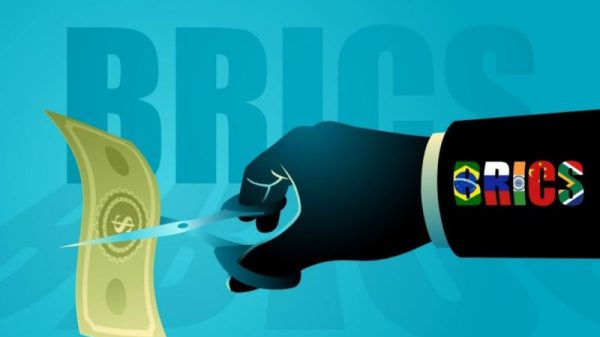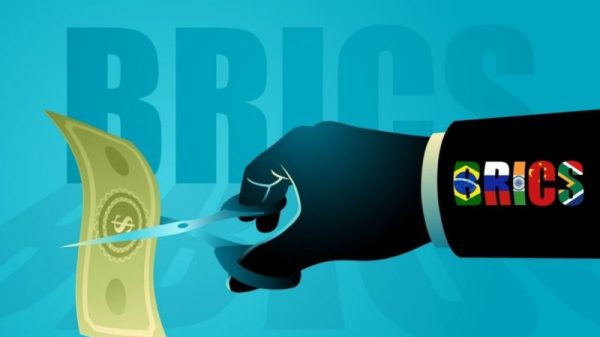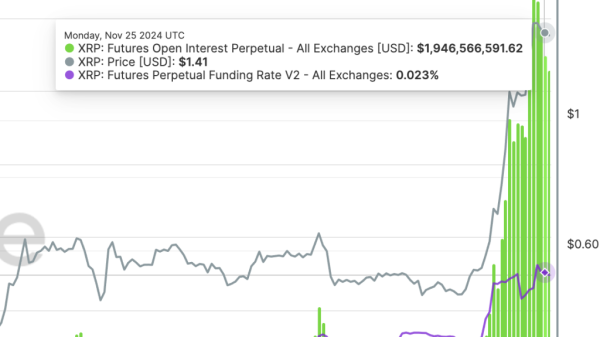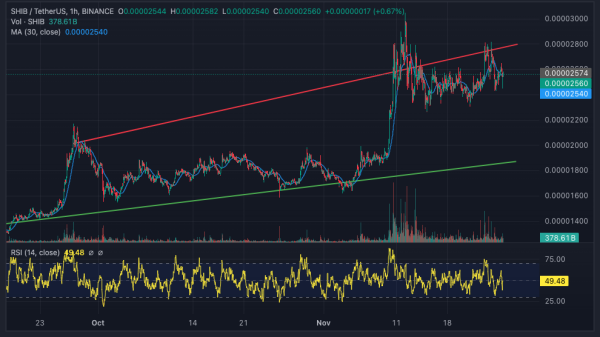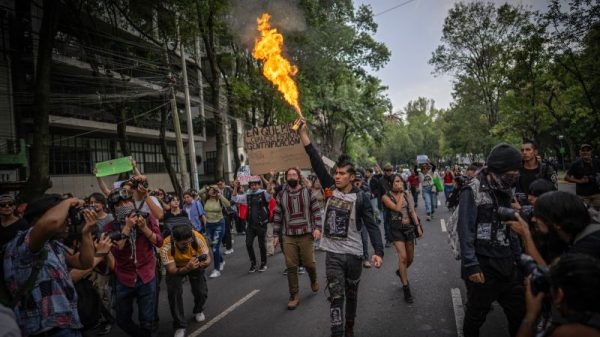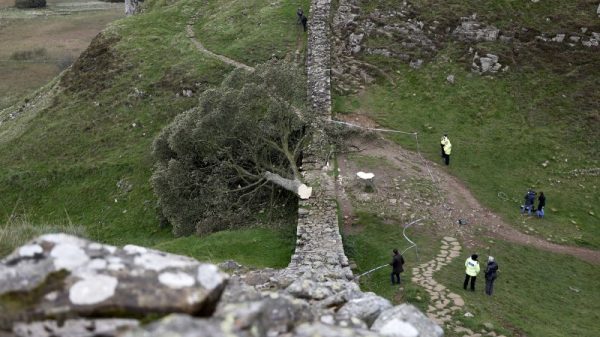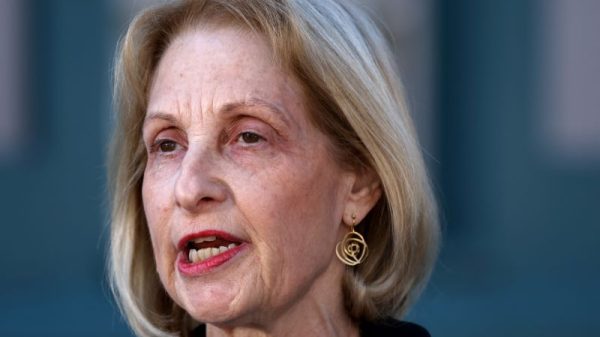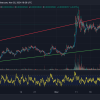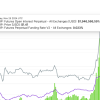The heart of the retail industry took a harsh beating during the ominous fall quarter of 2020. A range of forces marched in a devastating parade that caused a steep slump in retail volume, leaving a trail of dwindling numbers and shaky hopes in its wake. However, as the nation braced itself for one of the most contentious presidential elections in recent memory, the retail sector found hints of recovery in the ensuing political chaos, pointing to an unexpected result no one could have predicted.
The retail horror of Fall 2020
The fall quarter was an extraordinarily challenging period for retailers. Numerous factors combined to apply an excessive downward pressure on the markets. As the COVID-19 pandemic continued to ravage economies worldwide, retail businesses bore the brunt of the dire fallout. Extended lockdowns and a drastic shift towards online shopping models took a heavy toll on the traditionally physical industry.
Moreover, a cluster of catastrophic natural disasters worsened the already grim situation. A flurry of hurricanes, wildfires, and derechos swept across numerous states, causing massive disruptions to retail operations. With supply chains interrupted and consumers’ purchasing power severely weakened, retailers were left to grapple with decreased volumes and an arduous economic climate.
The political windfall
At first glance, the prospect of a highly contentious election seemed like more bad news for the beleaguered retail sector. Predictions of political unrest fueled fears of a further hit to the industry, creating an atmosphere of heightened uncertainty.
Surprisingly, however, the election provided a silver lining amidst the ongoing turmoil. Retailers noted an upswing in sales as Election Day approached. It appears that the election resulted in unexpected optimism and a boost in consumer spending, contrary to prior predictions.
The surge in buying was not limited to any particular sector. A broad spectrum of industries saw an uptick in sales, ranging from alcohol and firearms to home improvement goods and outdoor leisure equipment.
Insights from the frontlines
Several retailers have shared their perspectives about the unexpected but welcome surge in sales during the election. They attributed the unexpected retail rebound to customers’ instinct to stock up in anticipation of potential unrest. The desire for self-sufficiency in tumultuous times led consumers to invest in products that could provide some measure of security or comfort, significantly benefiting retail volumes.
Several other factors may have contributed to the retail sector’s surprising recovery amid the election. The easing of pandemic-related restrictions, combined with the promise of a potential vaccine, may have boosted consumer confidence. Moreover, new shopping patterns emerged during the lockdown, which might have helped sustain the uptick in spending.
A shaky but resilient market
In conclusion, the retail market has been subject to intense pressures throughout 2020. The fall quarter was no exception. From the relentless onslaught of the pandemic to natural disasters and a fiercely fought election, retailers have had to navigate a truly turbulent zeitgeist. However, the unexpected recovery during the election underscores the sector’s resilience, underscoring the retail industry’s uncanny ability to bounce back from even the most severe shocks. Despite the immense challenges, retailers have tirelessly worked to adapt and acclimatize, staying afloat in the face of adversity.



